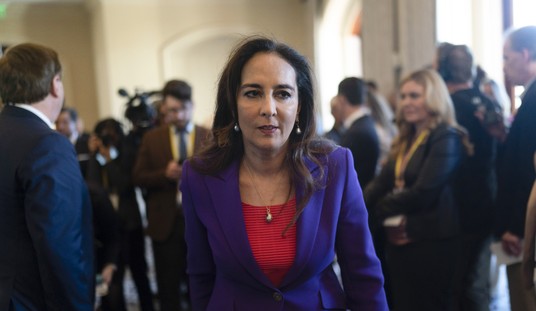At a press conference Thursday where he announced the opioid crisis a public health emergency, President Donald Trump promised that lawsuits would be forthcoming as the country readied a plan to combat the cycle of addiction.
Those lawsuits have apparently already begun; and John Kapoor, billionaire founder of huge pharmaceutical developer Insys, has been added to the list of those charged:
The billionaire founder of Insys Therapeutics was arrested on Thursday on US charges that he participated in a scheme with other executives to bribe doctors to prescribe a fentanyl-based cancer pain drug and to defraud insurers.
John Kapoor, 74, who stepped down as chief executive of Insys in January, was charged with having engaged in conspiracies to commit racketeering, mail fraud and wire fraud in an indictment filed in federal court in Boston.
He was arrested in Arizona, where Insys is based, and added as a defendant in a previously filed case against six former Insys executives and managers, including former Chief Executive Michael Babich, prosecutors said.
Insys has been the subject of an investigation over its production of Subsys, an “under-the-tongue spray” containing the highly addictive opioid fentanyl. The company has been in settlement talks with the federal government over the probe for some time. Kapoor, it seems, is being added to the pile of people involved in a scheme to give handouts to medical practitioners in exchange for their prescription of the drug, a practice many critics assert is common between doctors and pharmaceutical companies. From the New York Post:
[F]ollowing the launch of Subsys in 2012, Kapoor and Babich grew dissatisfied with the drug’s success in its initial three months on the market.
It says they, with others, devised a scheme to pay bribes in the form of speaker fees and food and entertainment to medical practitioners to prescribe Subsys and to increase the dosage and volume of existing prescriptions.
They also sought to mislead and defraud insurers who were reluctant to approve payment for Subsys when it was prescribed to patients who did not have cancer, the indictment said.
Interestingly, Seeking Alpha, a crowdsourced news outlet covering financial and stock market trends, took an interest in the unusually quick rise of Insys back in 2015, writing the following:
The Scottsdale, Arizona-based pharmaceutical company has only one commercial offering, a sublingual Fentanyl formulation called Subsys, whose sales growth has managed to double its market’s size to more than $500 million from an estimated $225 million since its approval and launch in March 2012, according to executives at rival companies. In turn, the upward march of the company’s share price has turned its growing legion of supportive brokerage analysts and money managers into minor geniuses. (Southern Investigative Reporting Foundation readers will recall Insys from an April 24 investigation of the drug’s mounting number of lethality cases and the company’s unusual marketing efforts.)
Therein lies the rub.
Subsys is approved only to treat breakthrough cancer pain. The market for such drugs was estimated to have an annual growth rate of about 10 percent in the spring of 2012, according to former Insys sales staff and rival pharmaceutical executives. Instead, on March 21, 2014, about two years after its launch, Subsys managed to nose past Cephalon’s Actiq, then a leader in this narrow category, in number of prescriptions written, according to IMS Health data obtained by SIRF; last September Subsys took the lead for good.
The entire post is well worth a read. Looking back, it appears Insys grew as quickly as it did because Kapoor and company leadership had created a pay-to-play scheme with doctors to get their highly addictive product on the market, where it was prescribed for pain markedly less severe than what it was originally intended to address.
No one likes to think doctors and drugmakers — the people trusted to help heal — are actually putting people at risk. But that seems to be exactly what was happening in corners of the opioid market. It’s little wonder we’re now fighting an epidemic of addiction.













Join the conversation as a VIP Member